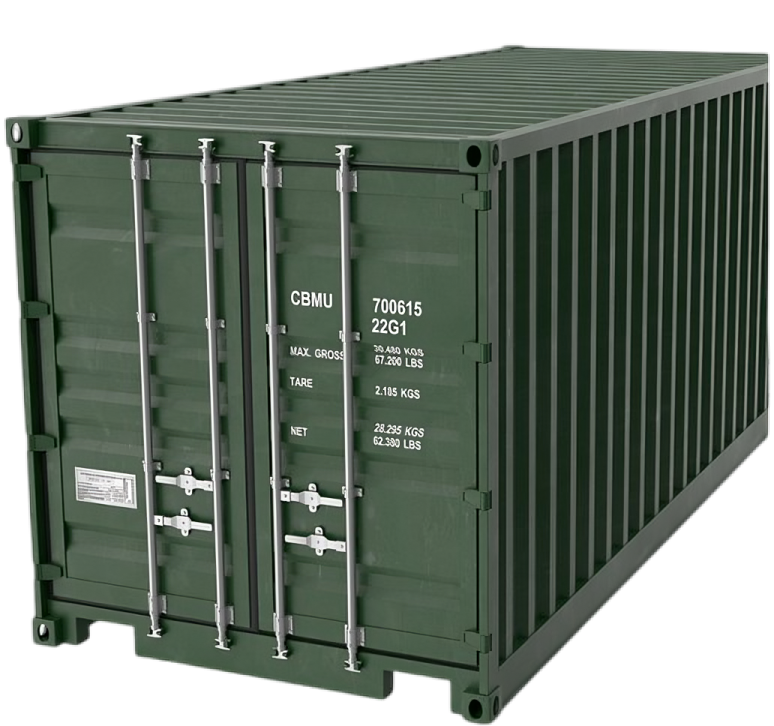ERP
Logistics and Warehousing ERP
ERP dashboards in logistics and warehousing is a reliable platform for logistics leaders, where operations managers can have real time monitoring on status and KPIs.
It avails in managing stock levels, keeping tabs on orders, reviewing the performance of the warehouse, evaluating the supply chain, and preparing for the financial status.
Suggested

Key Features of Logistics and Warehousing ERP Solutions

Data Visibility
Data visibility refers to the power of viewing data, of keeping a watch on data and of following the status of data as it undergoes processing from one stage to the other across an organization. This one enables stakeholders to get to know their data assets, the lineage of data, and make decisions based on considerations with data.

Data governance
Data governance can therefore be described as the means of ensuring that data that is used in an organization is satisfactory in terms of accessibility, relevancy, accuracy and security. It defines how data is to be collected, processed, used, protected, stored and can help in regulating how this is done throughout the enterprise.

Inventory management
It is the act of acquiring, holding and using a firm's inventory; goods-in-process, materials, purchased parts, and finished products. This is meant to make certain inventory available in the right quantity at the right time to fulfill the customer needs, all with an aim of reducing costs as much as possible.

Warehousing
WarehousIng has everything to do with storage of materials, products or goods that are confined within a more highly specialty structure. This may involve activities like receiving and storing goods, order picking and order packing as well as shipment in order to satisfy the customer's needs
Top use cases of Logistics and Warehousing ERP Solutions

Integration with Transport Management Systems
Transportation is one of the most important aspects of logistics and procurement no matter what kind of transportation is being used. Businesses everywhere implement different systems for their transportation, legal affairs and documentation. ERP systems incorporate all those things in one location and assist a business to have a perfect overview of every segment of the business from a distance.
Supplier Vendor Management
With ERP, different vendors can see how their needs are being met. This is helpful to businesses as they are able to keep good relations with their suppliers and hence do not face supply chain hitches.
Compliance & Reporting
Legal requirements of an industry can also be met through the use of ERP systems, where they provide facilities for documentation, reporting and tracking of incidences. This also helps the businesses to conform to the legal liability while at the same time increasing the effectiveness of accountability and transparency.
Data Accuracy
Compared to manual entry of data, ERP integrates all data about logistics and warehousing in a single database decreasing thereby the likelihood of entering the wrong data and providing accurate information needed for decision making. These accuracies enhance working effectiveness productivity plus conformity to industrial regulations.
Technologies used

Cloud Computing
Tech advancements especially cloud-based ERP implies real-time accessibility of the stored data for various depots and warehouses regardless of the location of the business headquarters. Another advantage that comes with cloud solutions is that it allows for flexibility and less resource investment on infrastructure and subsequently, system upgrades are also not cumbersome.

Internet of Things
Smart devices like sensors, RFID tags, help in tracking of inventories, assets, products as well as their shipment in real-time manner. This helps update the ERP system with the required changes thus avoiding losses.

AI / ML
The AI and ML algorithms help in demand forecasting using historical datasets, cancelling out the need for manual work. AI also has the capability to do analysis and come up with patterns that will improve on the decisions made as to when to order, what to order and when to restock among others.

RPA
Robots, conveyors, pallet jack or tow-line AGVs, or RTLS equipped AGVs can transport materials and autonomous robotic pickers and packers can perform order picking and packing. They also have a way of interfacing with the ERP systems to enhance operations with less human intervention. NVIDIA is one of the major providers available globally and with the help of that I am making this note is much easier to set up RPA.

Barcode & RFID Based Technologies
Both barcoding and RFID facilitates effective and efficient identification of products right through the supply chain. Some of the ways are through bar coding or RFIDs readers or devices through which the ERP system is updated instantly on the position and state of products eliminating gaps or mistakes.

Big Data Analytics
Big data tools like Snowflake gathers and pre-process data from multiple sources (Devices, Customers orders, Suppliers etc. ). Big data usage in conjunction with the ERP reveals information for supply chain management and both inventory and transport arrangements.

Blockchain Technology
With respect to procurement, blockchain maintains secure and transparent transactions within logistics and warehousing. It aids in shipment tracking, guarantees the real products and thus creates confidence among members of the supply chain. This also aids in drafting of the electronic contracts between the Transporters, business, vendors that aids in compliances.